Metal Building Insulation Benefits, Types, Cost & Tips

Are you tired of your metal building becoming hot and uninhabitable in the summer? Are you looking for the most effective and cheapest way to insulate a metal building without spending thousands of dollars? Your search is over, and your questions will be answered!
In this article, we will discuss the importance of metal building insulation, different types of insulation, cost-effective ways to insulate a metal building, and tips for saving on metal building insulation.
Why Insulate A Metal Building?
Metals are known to be good conductors of heat, which has its unique benefits, but it is unbearable to live in when it is uninsulated. An uninsulated metal building absorbs heat during hot weather and is also very cold during winter. Metal building insulation is important for the following reasons:

1. Diminish Heat and Cold Transfer
For optimum comfort, insulation is essential in every metal building. By insulating metal buildings, you can create a thermal barrier that reduces heat and cold transfer between your home and the environment. Insulation provides an extra layer of protection on metal walls by retaining heat during cold weather.
Heat transfer happens due to warm air escaping the environment through holes, gaps, and crevices. Insulation helps to seal these holes in your building, maintaining a consistent temperature in the building.
2. Prevent Condensation
Condensation in metal buildings is a result of warm air coming in contact with cold metal sheets. Condensation leads to mold growth and causes unpleasant droplets of water in metal buildings. Insulation reduces condensation by creating a vapor barrier in the building and also limiting moisture buildup significantly.
3. Indoor Air Quality
Bad smells from outside, mold growth, and mildew cause bad air in buildings. Insulation improves the quality of air in buildings by blocking out bad smells and reducing mildew and mold growth in metal buildings. Furthermore, insulation makes the home conducive for people with allergies by reducing dust and allergens in buildings.
4. Reduce Noise
Noise reduction is another significant benefit of metal building insulation. Naturally, metal buildings are sonorous and cause a lot of noise. Insulation can be used for soundproofing to reduce noise between walls, floors, and rooms in buildings. Noise reduction in metal buildings makes the building conducive for study, rest, or office.
5. Increase The Value of Your Metal Building
Insulating your metal building increases its value for potential buyers. Every buyer would rather invest in a building that is comfortable and energy-efficient.
6. Increase Durability
Insulation increases the durability of a metal building by protecting the building during harsh weather conditions. An unheated metal building is susceptible to structural damage over time as the metal expands and contracts during extreme temperature changes.
Factors to Consider Before Insulating a Metal Building
Metal buildings have several uses, including commercial, residential, logistics buildings, etc. Insulation is important to make these buildings comfortable for their desired purpose. The following factors must be considered before insulating a metal building:

1. Climate
It is important to consider the climate of the metal building’s location before insulating. The climate would determine the type of insulation and amount of insulation required for the metal building. In essence, metal buildings located in cold climate regions require a high level of insulation than metal buildings in warmer climates.
2. Building Size & Shape
In smaller buildings, less insulation might be required. It is also important to consider the shape of the building when determining the amount of insulation that is needed. Also, the orientation of the building plays an important role in the amount of insulation. For example, a metal building with many openings, such as windows and doors, would require more insulation than a building with fewer openings.
3. Intended Use
The intended use of the metal building plays a role in the type and amount of insulation required for the metal building. A metal building meant for commercial purposes may require a different type of insulation than a logistics metal building.
Likewise, the amount of insulation needed will be different depending on the purpose of the building. In essence, you may not need as much insulation in a garage or workshop as you would in a living space.
4. Energy Efficiency
The type of insulation used should be able to make the building energy efficient by reducing heat loss to the environment. Different types of insulation provide different types of insulation; an insulation material with a higher R-value will be more energy-efficient.
5. Moisture Control
The insulation material used for your metal building should be able to retard vapor and prevent moisture buildup. Controlling moisture can prevent condensation and mold growth in your building.
6. Fire Safety
When considering the type of insulation to use, it is important to use fire-retardant insulation materials that follow local fire codes and regulations.
7. Budget
The cost of insulation should be considered when choosing the type of insulation for your metal building. Your budget will determine the type of insulation for your metal building because the cost of insulation varies for different types of insulation.
8. Maintenance
Your preferred type of insulation should be easy to maintain and repair.
9. Installation Method
The design and construction of your metal building should determine the type and method of insulation to be used.
10. Environmental Impact
The environmental impact of the insulation material to be used should be considered. For example, the insulation material used for a residential metal building is meant to be hypoallergenic.
Types of Insulation for Metal Building
All insulation works with the same principle of creating a thermal barrier to prevent heat transfer. Nevertheless, there are different types of insulation for metal buildings, each with its benefits, R-value, and cost. It is important to know the different types of insulation before insulating your metal building. The 6 common types of insulation for metal buildings include the following:
1. Fiberglass Batts Insulation
Fiberglass Batts insulation is a popular and one of the cheapest insulation methods used for metal buildings. Fiberglass batts are made from compressed glass fibers into batts or rolls. Fiberglass batts are available in rolls of different thicknesses, and they are installed in wall studs, ceiling joists, or rafter joists.
Fiberglass batts insulation is easy to install and less expensive. Fiberglass insulation offers an R-value of R2.2 to R2.7 per inch thickness. Fiberglass insulation attracts rodents and pests. It is also not the right choice of insulation for areas with high moisture and humidity levels.
2. Spray Foam Insulation
Spray foam insulation is the best way to insulate a metal building in terms of thermal performance. Spray foam insulation is liquid foam insulation that expands 30 to 60 times its original volume when sprayed. Spray foam hardens to create a thermal barrier and vapor barrier on metal surfaces. Spray foam can be applied to tiny holes and gaps in metal panels, creating an air-sealed metal building.

Spray foam insulation is hypoallergenic, repels pests and rodents, and offers the highest R-value of all the insulation types. The R-value for spray foam insulation is R3.0 to R7 per inch thickness, depending on the type of spray foam insulation used. Spray foam is a relatively expensive insulation method but provides excellent resistance to heat and moisture.
3. Rigid Foam Board Insulation
Rigid foam insulation is a type of insulation installed around the outside or inside of a metal building. Rigid foam insulation is ideal for buildings without wall studs as it encapsulates your metal building by covering it with boards made from wood or foam.
Rigid foam insulation provides good thermal resistance against heat transfer and moisture. Rigid foam insulation is an expensive installation to carry out and requires the services of a professional for proper installation.
4. Reflective Insulation
Reflective insulation involves using reflective foil to reflect radiant heat transfer in metal buildings. Reflective insulation provides good resistance to moisture but offers a low R-value. It is easy to install and can be done as a DIY project.
5. Radiant Barrier Insulation
Radiant barrier insulation is similar to reflective insulation, and it uses aluminum foil to reduce the transfer of radiant heat energy. Radiant and reflective insulation is more effective in hot climates as it can significantly reduce heat gained by the metal building.
6. Cellulose Insulation
Cellulose insulation, also known as loose-fill and blown-in insulation, is made from recycled paper or denim. Cellulose insulation is applied in different ways. It can be blown into wall cavities as loose-fill insulation or dense-packed into the wall cavity. Also, it can be applied as wet-spray cellulose where water is added during the blowing-in process.
Cellulose insulation is not expensive but requires the use of a machine to blow the recycled paper. Cellulose insulation offers an R-value of 3.5 per inch thickness. Cellulose insulation provides good thermal resistance to heat transfer but absorbs moisture which can lead to mold growth.
Metal Building Spray Foam Insulation Cost
On average, the cost of metal building spray insulation is between $0.5 to $3.5 per sq foot, depending on the type of spray foam insulation used. Several factors can affect the metal building spray foam insulation cost, such as the metal building size, location of the project, etc.
Closed-cell spray foam insulation offers a higher R-value and would cost between $1.5 to $3.5 per sq ft. Open-cell spray foam costs between $0.5 to $1.5 per sq foot. As an example, the cost of metal building roof insulation using spray foam ranges between $1.1 to $1.2. Click for more information about Metal Roof Insulation,
What is the Most Cost-Effective Way to Insulate a Metal Building?
Factors such as budget, preferred R-value, climate, durability, etc., determine the most cost-effective way to insulate a metal building. The table below shows the cost of metal building insulation for different types of insulation:
|
Insulation Type |
Cost (per sq ft) |
|
Fiberglass Batts Insulation |
$0.8 - $2.6 |
|
Spray foam Insulation |
$0.5 - $3.5 |
|
Cellulose Insulation |
$0.9 - $2.4 |
|
Foam Board |
$1.2 - $3.7 |
|
Reflective Insulation |
$0.5 - $2.2 |
One of the cheapest ways to insulate a metal building is using fiberglass insulation. Still, it needs to be improved in so many areas. However, spray foam insulation is the best insulation for metal building insulation. Spray foam insulation provides better thermal resistance than other insulation types.
One of the reasons why spray foam insulation is expensive is because of the cost of hiring a professional. You can save costs by installing spray foam insulation as a DIY project using spray foam insulation cans. Spray foam insulation cans are very affordable, making them a cost-effective option for insulation.
The advantage of using spray foam insulation cans is that it makes DIY spray foam insulation easy. You can use them for both small and large projects. Spray foam insulation cans are the cheapest way to install a metal shed roof. The best spray foam insulation can in the market is Fast Coat Product.
Tips to Save Money on Metal Building Insulation
Insulation aims to make the metal building energy-efficient and comfortable. Insulation can be expensive, but in the long run, using the right insulation saves money on energy consumption. The following tips will help you save money on metal building insulation:
- Choose the right insulation type.
- Install properly.
- Consider the R-value because the higher the R-value, the more effective the insulation.
- Buy quality insulation and insulation kits.
- Consider DIY to eliminate the cost of hiring a professional.
- Take advantage of discounts.
- Adequate maintenance of insulation.
How to Insulate a Metal Building?
Learning how to insulate a metal building is important, especially if you want it done as a DIY project. There are different types of insulation, with each having its unique process. Nevertheless, here are the general steps on how to insulate a metal building:
- Measure the dimension of the area to be insulated.
- Choose the right insulation type based on your budget, R-value, or preference.
- Prepare the area to be insulated.
- Install the insulation.
- Apply finishing touches.
Conclusion
Insulating your metal building makes it comfortable and offers other benefits such as noise reduction, condensation prevention, indoor air quality, etc. Before choosing to insulate your metal building, several factors, like budget, climate, maintenance, and moisture control, must be considered.
While so many insulation methods are used for metal buildings, choosing the cheapest insulation type does not necessarily mean it's the right choice. The insulation should be able to protect your metal building all year round thermally. Therefore, spray foam insulation is the cheapest way to insulate a metal building and adequately resist heat transfer and moisture.
FAQs About Metal Building Insulation
What is the Best Insulation for a Metal Building?
The best insulation for a metal building is spray foam insulation because it provides excellent thermal performance, air-sealing properties, and moisture control. Spray foam metal insulation is also versatile as it can be applied to metal garages, metal roofs, etc.
Does Spray Foam Insulation Work on Metal Buildings?
Yes, spray foam insulation works on metal buildings. Furthermore, it provides better insulation, expanding and filling gaps and crevices in metal buildings.
What is the Easiest Way to Insulate a Metal Building?
Spray foam insulation is the easiest way to insulate a metal building because of its convenience.
Do it Yourself Spray Foam Insulation for Metal Buildings Possible?
Yes, you can take on spray foam insulation metal building as a DIY project. All you need is the right guidelines and equipment.
How to Cheaply Insulate a Metal Shed?
The cheapest way to insulate a metal shed is to use spray foam insulation cans such as the Fast Coakrat Product. The Fast Coat Product is affordable and does not require special skills before it can be applied.
How Do You Insulate the Inside of a Metal Building?
All insulation types can be used to insulate inside a metal building. For effective insulation, spray foam insulation is used as it makes the building air-sealed.
How Do You Insulate a Pre-Existing Metal Building?
Spray foam insulation is the easiest method for insulating a pre-existing metal building.
Author : Krakenbond Team


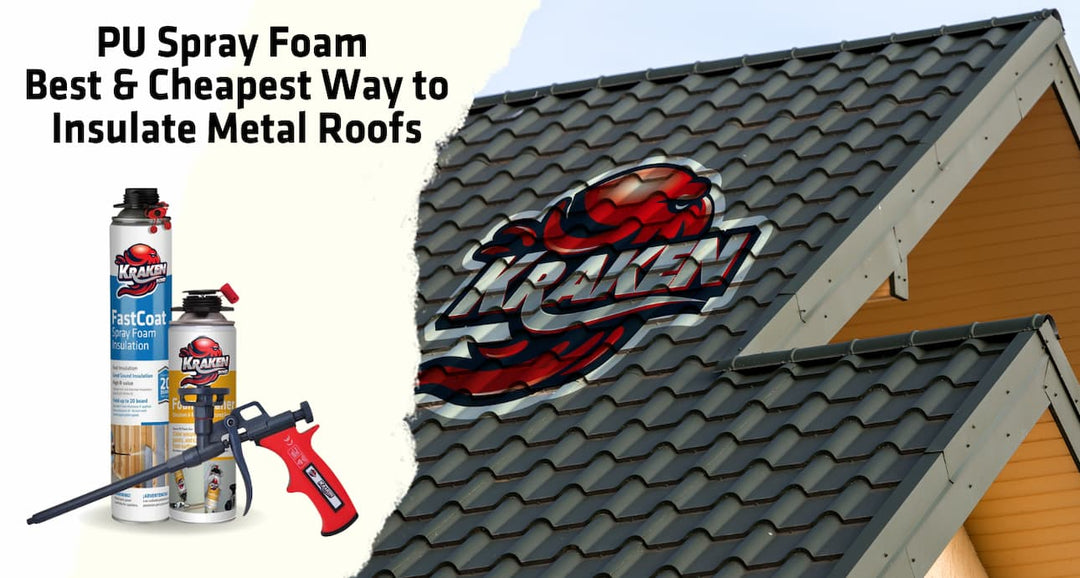

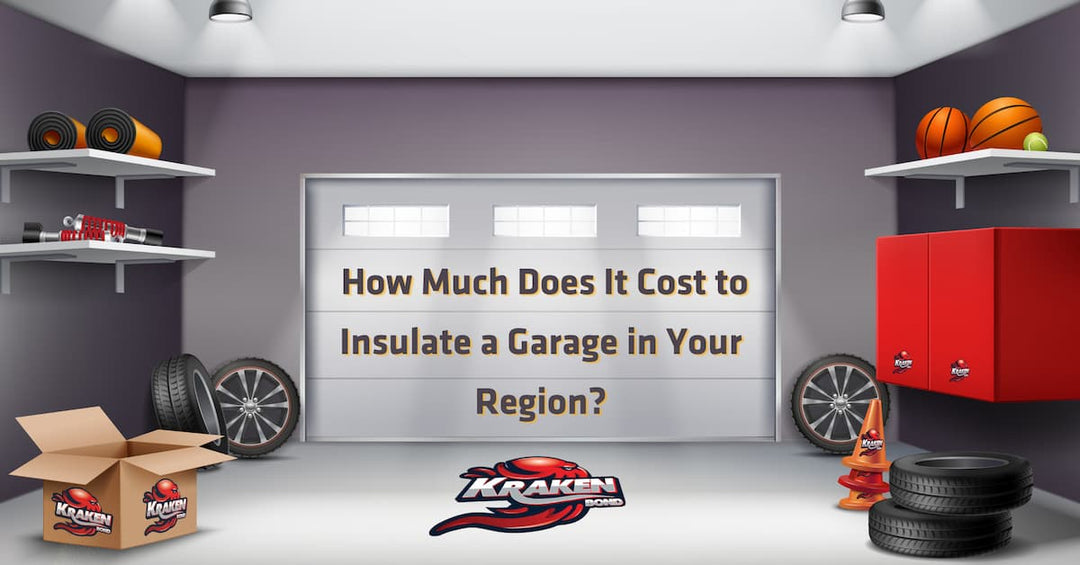
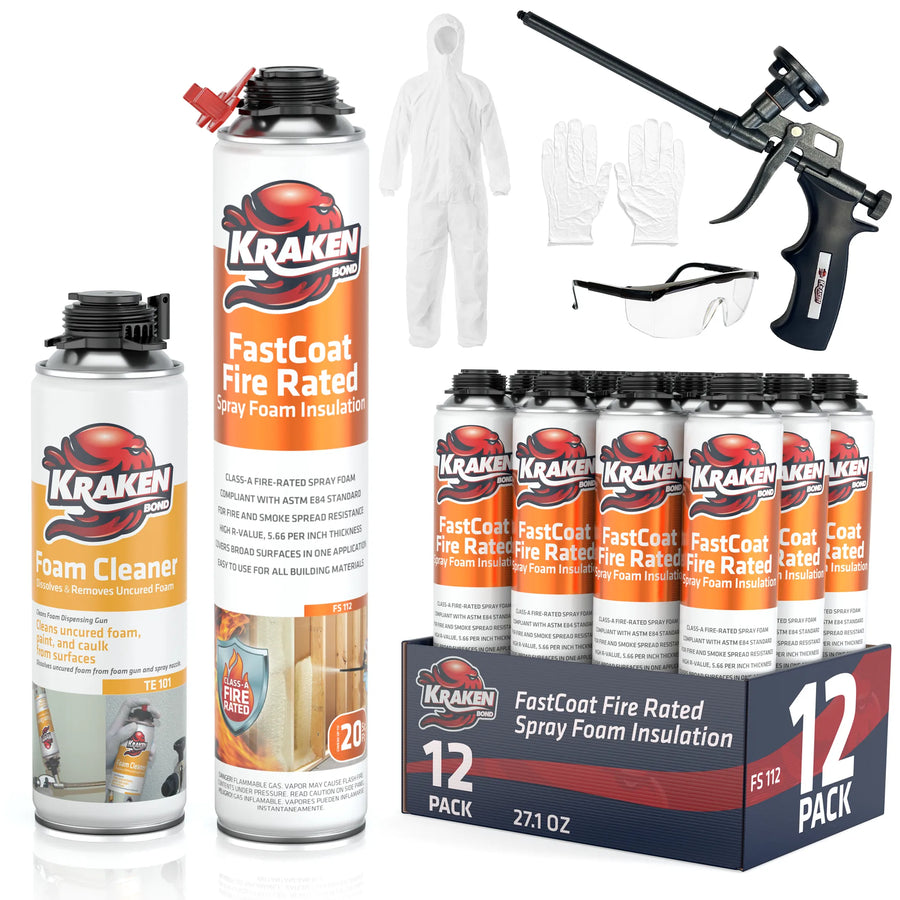




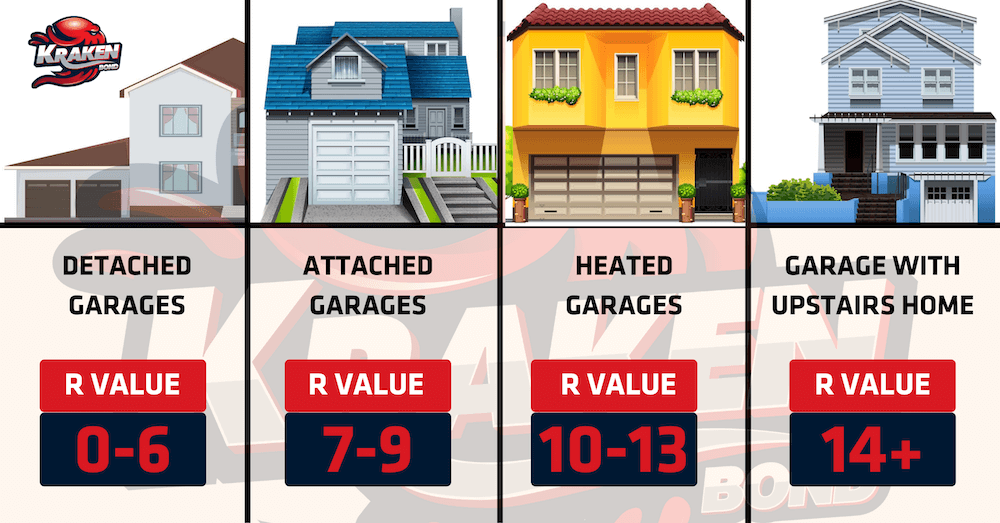

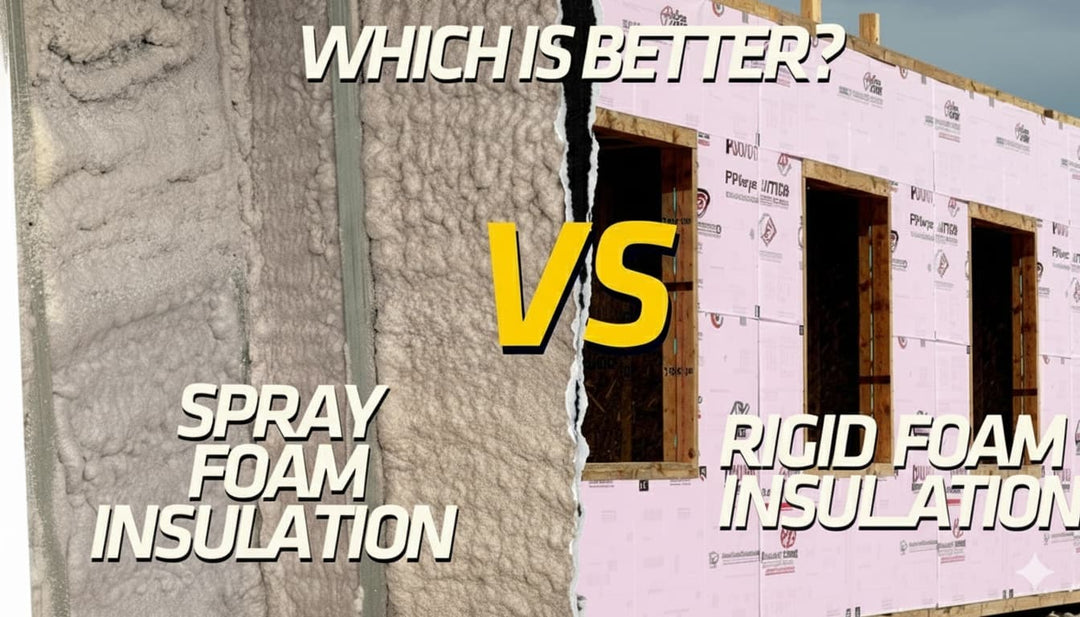
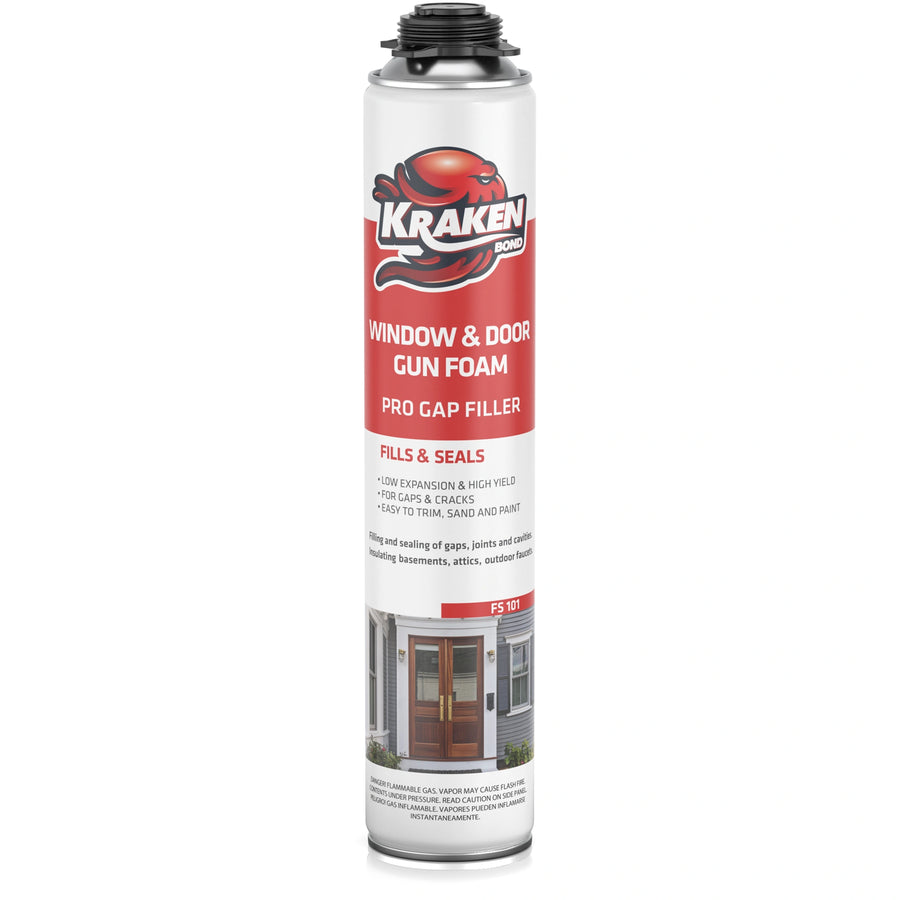
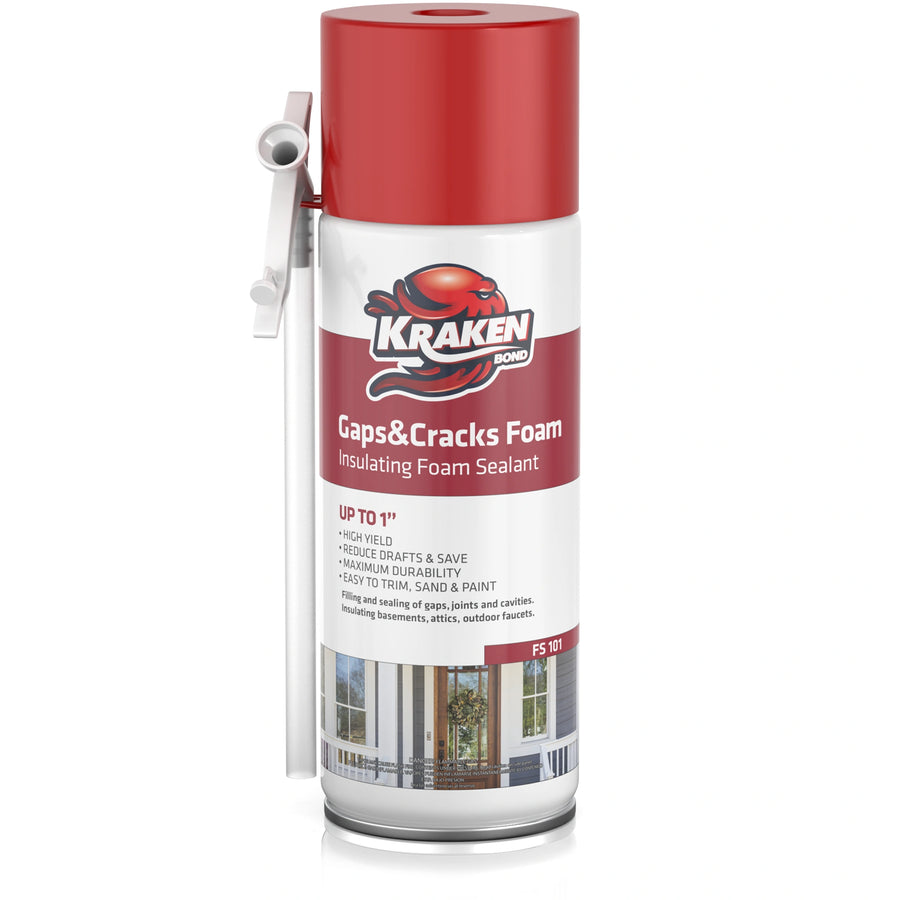
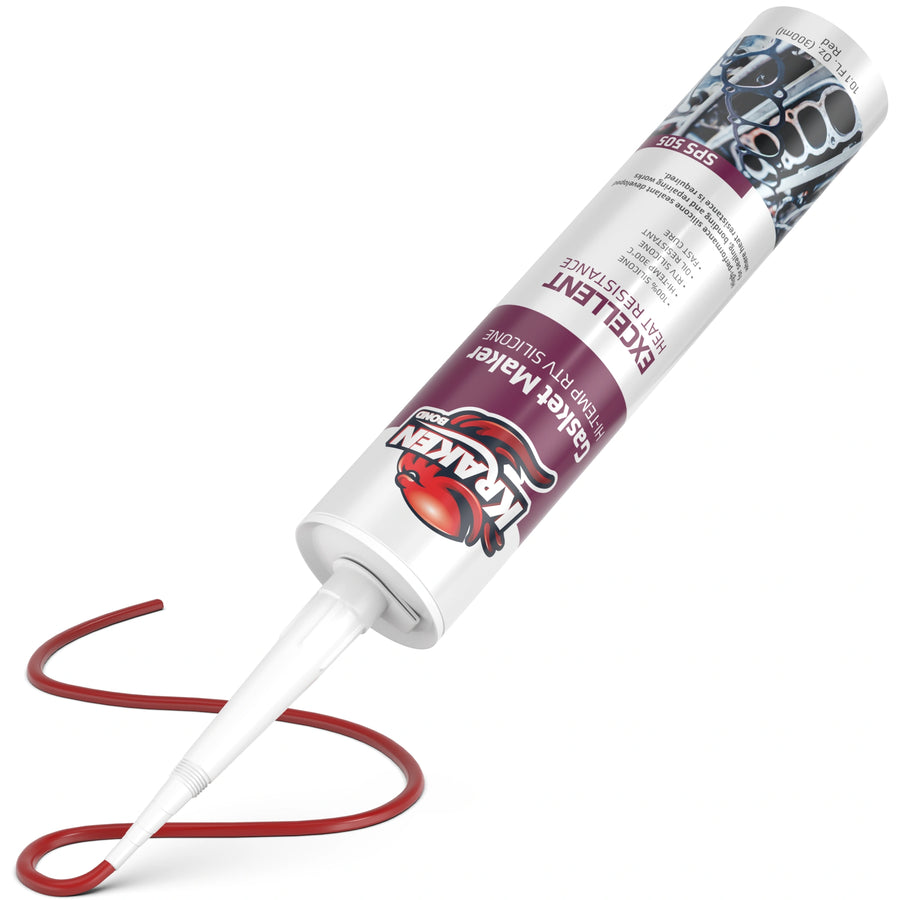
Leave a comment